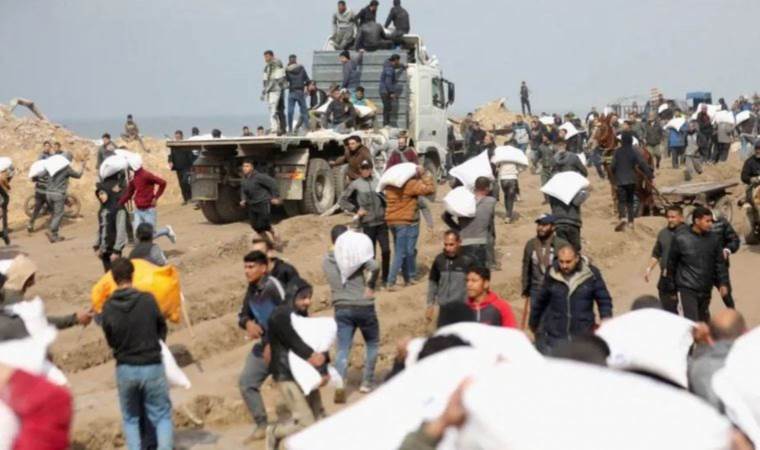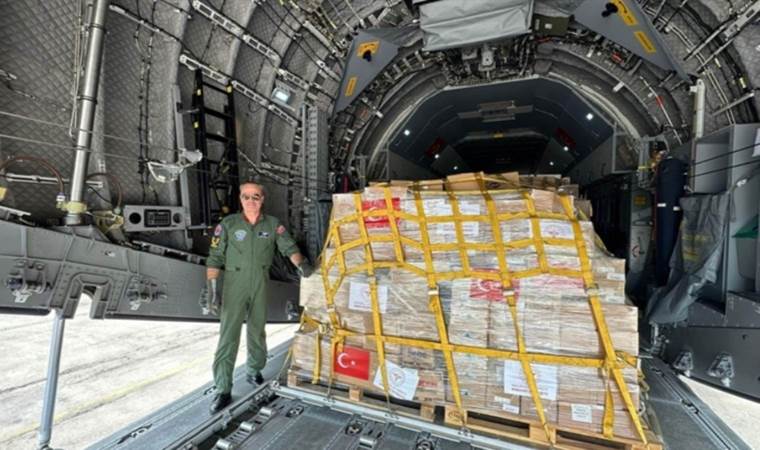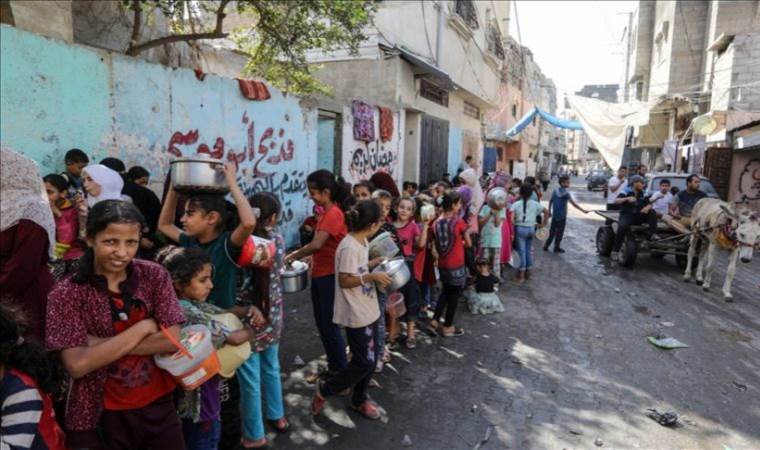Airdropping aid in Gaza: Controversy amid crisis
In a recent humanitarian effort, the United States, in coordination with Jordan, parachuted 36,000 meals into northern Gaza, marking the second joint mission of its kind in recent days.

This initiative came on the heels of the World Health Organization's alarming report of children starving to death in the area, where an estimated 300,000 Palestinians face dire shortages of food and clean water. While these airdrops aim to alleviate the immediate suffering, they have sparked a significant debate among humanitarian organizations, who argue that such measures are insufficient to meet the escalating needs and symbolize the broader failure of on-the-ground aid efforts.
The Challenges of Ground Assistance
The logistical challenges of delivering aid to northern Gaza have been stark. For months, the region, heavily impacted by the first phase of the Israeli ground offensive, has seen little to no assistance, with aid trucks only entering through the southern Rafah and Kerem Shalom crossings. The World Food Programme (WFP) highlighted the dire situation by suspending food deliveries after its convoys faced "complete chaos and violence" due to the collapse of civil order, including violent looting. Moreover, attempts to deliver food were met with deadly consequences, as crowds, in their desperation, clashed with convoy escorts, leading to significant casualties.
The Debate Over Airdrops
Airdrops, while historically significant and often a last resort in crisis situations, are seen by many as an expensive and imprecise solution that fails to address the root issues of aid delivery in conflict zones. Jan Egeland, a former UN aid chief, criticized airdrops for their cost, inefficiency, and the risk of aid falling into the wrong hands. The WFP itself acknowledges the limitations of airdrops, emphasizing their use only when no better options are available. Despite these challenges, the need for immediate food delivery in Gaza has led to over 20 airdrops in recent weeks, coordinated with the Israeli military and various countries.
Calls for Comprehensive Solutions
The controversy surrounding the airdrops has led to broader discussions about the need for a comprehensive approach to humanitarian aid in Gaza. While some residents express gratitude for any assistance, others, including aid workers and international observers, call for more substantial measures. Critics argue that the focus should be on pressuring Israel for a ceasefire, opening crossings for aid and aid workers, and addressing the root causes of the conflict to ensure that aid can reach those in need safely and efficiently.
Looking Forward
As the crisis in Gaza deepens, the debate over the best methods of delivering aid continues. While airdrops provide temporary relief, the need for sustainable, safe, and effective humanitarian assistance remains critical. International efforts must not only address the immediate needs of Gaza's population but also work towards lasting solutions that prevent such dire situations from arising in the future. The global community's response to this crisis will be a testament to its commitment to humanitarian principles and the well-being of civilians caught in conflict.



